




Hổ trợ trực tuyến
|
|

|
 0902937088 0902937088
|
|
 Ms Liên: lien.ans@ansvietnam.com |
|
Menu sản phẩm
- Accessories
- Air recirculation
- Airwave Technology
- Analog Microelectronics
- Analytics
- Antenna Systems
- Area Weight Balance
- Blender
- Bộ chuyển đổi tín hiệu
- Capacitors
- Ceiling-mounted
- Circuit & Load Protection
- Combined Technology
- Computers & Operator Interface
- Condition Monitoring
- Connection Devices
- Controllers
- Conveyor
- Cores
- Cylinders
- Dewpoint
- Discontinued
- Drives & Motors
- Dryer
- Electrical Measuring Instruments
- Encoders
- Energy Monitoring
- Flow - Level Measurement
- Flow measurement
- Flow Sensors
- Flow-through
- Force Gauge and Test Stands
- Gas
- Gas Detection System
- GAZDETECT
- Glass
- Granulator
- Hand-Held Tachometer
- HMI
- HVAC modules
- Immersion
- Industrial Sensor
- Input/Output (I/O) Modules
- Inverter
- Laser-Distance Sensor
- Leak-Detect
- Light Barriers
- Light Industrial
- Lighting
- Lighting Control
- Linear
- Liquid Level Transmitters
- Loadcells
- Loop Detectors
- Low Voltage Switchgear
- Miniature Solenoid Valves
- Mobile Hydraulic Sensor
- Monitors
- Motion Control
- Motion Sensors
- Motor
- Motor & pump
- Motor Control
- Networks Security & Infrastructure
- PET preforms
- PH - ORP - Oxygen
- Plastic
- Portable
- Portable Tachometers
- Position Control
- Potentiometers
- Power Supplies
- Presence Sensors
- Pressure - Temperature Gauge
- Pressure and Temperature Measurement
- Pressure Sensors
- Professional Batteries
- Programmable Controllers
- Protection
- Proximity
- Push Buttons & Signaling Devices
- R - Series
- Relay controller
- Relays & Timers
- Rotary
- Sabo Sensors
- Safety Controllers
- Safety Edges
- Safety Mats
- Safety Products
- Sample Cutter
- Seismic
- Sensors
- Sensors & Switches
- Shakers
- Shore Durometer
- Signal Interface
- Soid state relays
- Speed
- Speed and Length Meter
- Stiffness Tester
- Stroboscopes
- Substation Automation and Protection
- Surface disinfection
- Switches
- Synchronous Motor
- System & Others
- Tachometers
- Technic
- Telecommunications
- Temperature Controller
- Tension Meter Belt Tension Meter
- Textile Moisture Meter
- Thickness Gauges
- Thiết bị
- Thiết bị tự động hóa
- Thiết bị tự động hóa công nghiệp Việt Nam
- Torque Meter
- TRIMBLE
- T-Series
- Universal Testing Machine
- Valve-Cylinder
- Wall-mounted
- Water Gate Indicator
- Water Level Gauge
- Weight Instrument
Ứng dụng
Hãng sản xuất
- Absocoder Vietnam
- ADF Web Vietnam
- Agr Vietnam
- Allen - Bradley
- Allen Bradley Vietnam
- Amarillo Gear Vietnam
- AMARILLO GEAR Vietnam
- AMPTRON VIETNAM
- Anritsu VietNam
- Anybus HMS Vietnam
- Apex dynamic Vietnam
- APOLLO FIRE VietNam
- Atlas Copco VietNam
- Atrax Vietnam
- automatic-valve Vietnam
- Autonic VietNam
- Balluff VietNam
- Baumer VietNam
- BCS Italy VietNam
- BECKHOFF Vietnam
- Beijer Vietnam
- Bently Nevada VietNam
- BERNSTEIN Vietnam
- Bifold Việt Nam
- Bihl- Wiedemann Vietnam
- Biotech VietNam
- Bircher Reglomat Vietnam
- Bitzer Vietnam
- Bitzer Vietnam
- Bonfiglioli Vietnam
- Bopp & Reuther Messtechnik
- Braun
- Brecon Vietnam
- Bronkhorst VietNam
- Brooks Instrument Vietnam
- Buckeye, USA
- Burkert Vietnam
- Burkert VietNam
- Campbell Scientific Vietnam
- Canneed Vietnam
- CCS Vietnam
- CCS Vietnam
- Celduc Vietnam
- CEMB VIETNAM
- CHECKLINE VIETNAM
- Chint Vietnam
- Chromalox Vietnam
- Cidepa Vietnam
- CONTROL TECHNIQUE VietNam
- COSA VIETNAM
- Cosaxentaur
- CS Instruments Vietnam
- CSF Pumps Inox VietNam
- DANFOSS VIETNAM
- Delta OHM Vietnam
- Delta-Sensor/ Erinda
- Dold Vietnam
- DSTI Vietnam
- Dukin Besko Vietnam
- Dwyer Vietnam
- Dynisco Vietnam
- E+H Vietnam
- E2S Vietnam
- E2S Vietnam
- EGE-Elektronik Vietnam
- EKO VIETNAM
- Electro Adda Vietnam
- Electro Sensor VietNam
- Elektrogas VietNam
- Elettrotek Kabel Vietnam
- ELMESS Vietnam
- EMCSOSIN VIETNAM
- Emerson
- Endress - Hauser
- Enerdoor Vietnam
- Erhardt + Leimer Việt Nam
- Ero Elctronics VietNam
- ESA Pyronics VietNam
- Euchner VietNam
- Eurovent Vietnam
- Excel VietNam
- Excel-Instrument Vietnam
- Fine Suntronix VietNam
- Finetek Vietnam
- Fireye Vietnam
- FISCHER VIETNAM
- Fischer Vietnam
- Flowline Vietnam
- FLUKE VIETNAM
- FMS VIETNAM
- FMS VIETNAM
- FRITSCH Vietnam
- Fuji Electric Vietnam
- Gazex VietNam
- Gefran Vietnam
- Gems sensors Vietnam
- Gestra Vietnam
- Hans schmidt
- HEIDENHAIN Vietnam
- Hohner VietNam
- Hoven
- Hubner Giessen Vietnam
- Huebner Giessen Vietnam
- Hydac Vietnam
- IFM
- Insulflex Việt Nam
- IRD Mechanalysis
- IRD Mechanalysis
- Iskra
- Italsensor Vietnam
- ITOH DENKI Vietnam
- Jeico Vietnam
- Jenco Vietnam
- Joil Environment Vietnam
- KATEEL Vietnam
- KINETROL Vietnam
- KINETROL Vietnam
- KNTEC Vietnam
- Koehler Instrument
- Kofloc Vietnam
- Koganei VietNam
- Kontec Vietnam
- Korenix Vietnam
- Kruess
- Labthink Vietnam
- Laurels VietNam
- Lightstar VietNam
- Lika VietNam
- LinMot- Switzerland
- LORRIC
- Lumel Vietnam
- Mark 10 VietNam
- Marzocchi VietNam
- Matsui
- MATSUI
- MC RESISTORI Vietnam
- MECT VietNam
- MEHRER Vietnam
- Mencke & Tegtmeyer Vietnam
- Metal Work Vietnam
- Metrix
- Micro VietNam
- Miki Pulley Vietnam
- MINILEC Vietnam
- MOOG Vietnam
- Moxa Vietnam
- MTS Sensors
- Mueller+Ziegler Vietnam
- Multi-axis Controller
- Multiturn Vietnam
- Nidec Avtron Viet nam
- Nippon VietNam
- NOEDING Vietnam
- NOK VietNam
- Norgen VietNam
- Novotechnik
- Novotechnik Vietnam
- NSD VIETNAM
- Onicon Vietnam
- Onicon Vietnam
- Parker Vietnam
- PAT TRASFORMATORI
- PAT TRASFORMATORI
- Pfannenberg Vietnam
- Pilz VietNam
- Pora VietNam
- Precima Việt Nam
- Prime controls Vietnam
- Proxitron Vietnam
- Rainwise Vietnam
- Rainwise/ Nielsen Kellerman USA
- Rexroth Vietnam
- Rotork Việt Nam
- Sanyo Denki Vietnam
- Sauter VietNam
- Schenck Process Vietnam
- Schmersal VietNam
- Segibiz Vietnam
- Segibiz Vietnam
- SEM VietNam
- Senko VietNam
- Sewhacnm Vietnam
- SGM Magnetics Vietnam
- Shield Vietnam
- Shilla Fire Vietnam
- Shinyei Technology Vietnam
- Showa Giken Vietnam
- Showa Sokki VietNam
- Shridhan VietNam
- Shwarzer Precision VietNam
- Sick VietNam
- SIEMENS Vietnam
- Signode Vietnam
- Sprague/ High Pressure Equipment Vietnam
- Sprint Electric Limited VETNAM
- Stego VietNam
- sterilAir
- Sweden
- Takuwa
- Tamagawa-seiki Vietnam
- Tempapano Vietnam
- Thielmann tại Vietnam
- TK Toyo Machinery Vietnam
- TOKYO KEIKI Vietnam
- Tomoe
- Torque VietNam
- TR-Electronic Vietnam
- Turck VietNam
- United Electric Vietnam
- Unitronics VietNam
- Univer Vietnam
- URAS TECHNO
- VAISALA VIETNAM
- Vibco Vietnam
- Vibro Laser VietNam
- Watlow Vietnam
- Wise VietNam
- Wittenstein
- Wolf
- Woonyoung VietNam
- Zahm& Nagel
- Ziehl Abegg VietNam
Lượt truy cập

|
Đang online | 34 |

|
Lượt truy cập | 8146616 |
Spectrometers
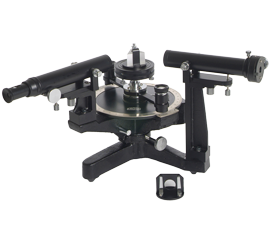
Loại sản phẩm: Gas
Mã sản phẩm: Spectrometers
Nhà cung cấp: ANS Vietnam
Xuất Xứ: Chính hãng
Hãng sản xuất: Kruess
Giá : Vui lòng liên hệ
Exact measurement of optical data on prisms
Krüss offers the model 1836 Spectrometer-Goniometer, for the exact measurement of optical data on prisms. It can also be used as a spectroscope, for qualitative examination and measurement of emission and absorption spectra. The observation tube has combined coarse and fine drives, infinitely variable, cross-hairs, eyepiece vernier accuracy, plus 1 minute of arc objective: 18 mm/160 mm. The Prism offers Flint glass (60deg) with a dispersion angle C-F=2deg. The scale tube is a symmetric precision slit of hardened steel. Accessories include prism, Rowland grating and holder, scale illumination, lamp, ocular and spectra sheet.
![]() For full technical specifications, please download the brochure here.
For full technical specifications, please download the brochure here.
For prices and availability information on the 1836 Laboratory Spectrometer, please contact your nearest Krüss distributor, who will be delighted to help.
How does a spectrometer work?
The spectrometer remains one of the easiest to understand, and yet among the most powerful of all scientific instruments. Its development has played a large part in the development of science itself. The basic laboratory spectrometer has changed little in its configuration since the early 19th century, and yet it remains indispensible for education as well as practical research.
The incoming or incident light ray is collimated – made into a parallel beam – either by passing through a narrow slit or by use of a collimating lens. It is then diffracted, using a prism or a diffraction grating, and the resulting spectrum can be observed. By careful measurement of the position of the receiving optics, an accurate measure of wavelength can be made and, using the considerable spectral knowledge that has been collected over two centuries, identification of materials can be made.
Elements have unique spectra, which can be thought of as their fingerprints, generating bands of specific colour in the receiving optics. Perhaps the best-known of these is sodium, which generates a distinctive pair of closely-spaced spectral lines at a wavelength of about 589 nanometres. These lines are just 0.6 nanometres apart, and their resolution as a pair of lines – rather than a single line – is an age-old test of the optical quality of a simple spectrometer.
Sản phẩm liên quan
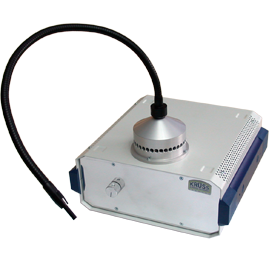
Cold Light Sources
Cold Light Sources
| Loại sản phẩm: | Gas |
| Mã sản phẩm: | Cold Light Sources |
| Nhà cung cấp: | ANS Vietnam |
| Xuất xứ: | Chính hãng |
| Hãng sản xuất: | Kruess |
| Giá: | Vui lòng liên hệ |
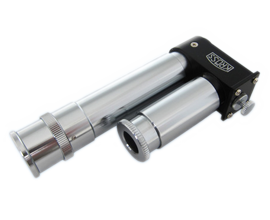
Spectroscopes
Spectroscopes
| Loại sản phẩm: | Gas |
| Mã sản phẩm: | Spectroscopes |
| Nhà cung cấp: | ANS Vietnam |
| Xuất xứ: | Chính hãng |
| Hãng sản xuất: | Kruess |
| Giá: | Vui lòng liên hệ |
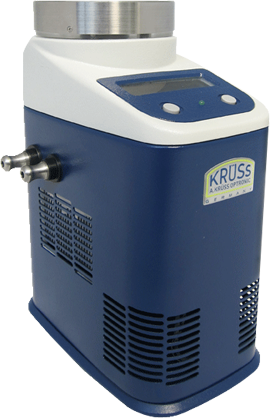
Thermostats
Thermostats
| Loại sản phẩm: | Gas |
| Mã sản phẩm: | Thermostats |
| Nhà cung cấp: | ANS Vietnam |
| Xuất xứ: | Chính hãng |
| Hãng sản xuất: | Kruess |
| Giá: | Vui lòng liên hệ |

Software
Software
| Loại sản phẩm: | Gas |
| Mã sản phẩm: | Software |
| Nhà cung cấp: | ANS Vietnam |
| Xuất xứ: | Chính hãng |
| Hãng sản xuất: | Kruess |
| Giá: | Vui lòng liên hệ |
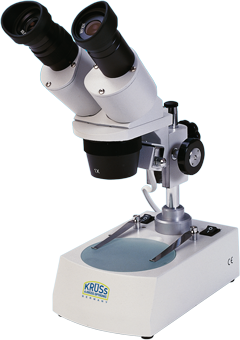
Stereo Microscopes
Stereo Microscopes
| Loại sản phẩm: | Gas |
| Mã sản phẩm: | Stereo Microscopes |
| Nhà cung cấp: | ANS Vietnam |
| Xuất xứ: | Chính hãng |
| Hãng sản xuất: | Kruess |
| Giá: | Vui lòng liên hệ |
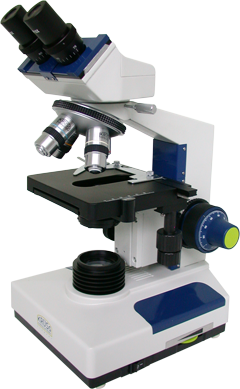
Microscopes for Biology & ...
Microscopes for Biology & Laboratory
| Loại sản phẩm: | Gas |
| Mã sản phẩm: | Microscopes for Biology & Laboratory |
| Nhà cung cấp: | ANS Vietnam |
| Xuất xứ: | Chính hãng |
| Hãng sản xuất: | Kruess |
| Giá: | Vui lòng liên hệ |
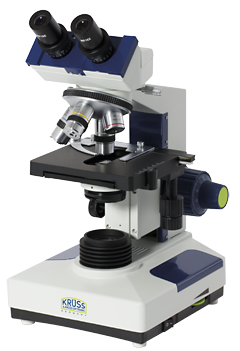
Microscopes
Microscopes
| Loại sản phẩm: | Gas |
| Mã sản phẩm: | Microscopes |
| Nhà cung cấp: | ANS Vietnam |
| Xuất xứ: | Chính hãng |
| Hãng sản xuất: | Kruess |
| Giá: | Vui lòng liên hệ |
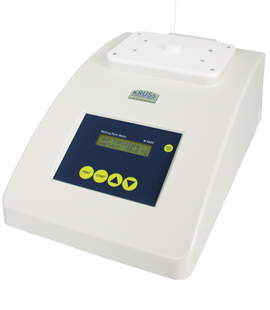
Melting Point Meters
Melting Point Meters
| Loại sản phẩm: | Gas |
| Mã sản phẩm: | Melting Point Meters |
| Nhà cung cấp: | ANS Vietnam |
| Xuất xứ: | Chính hãng |
| Hãng sản xuất: | Kruess |
| Giá: | Vui lòng liên hệ |
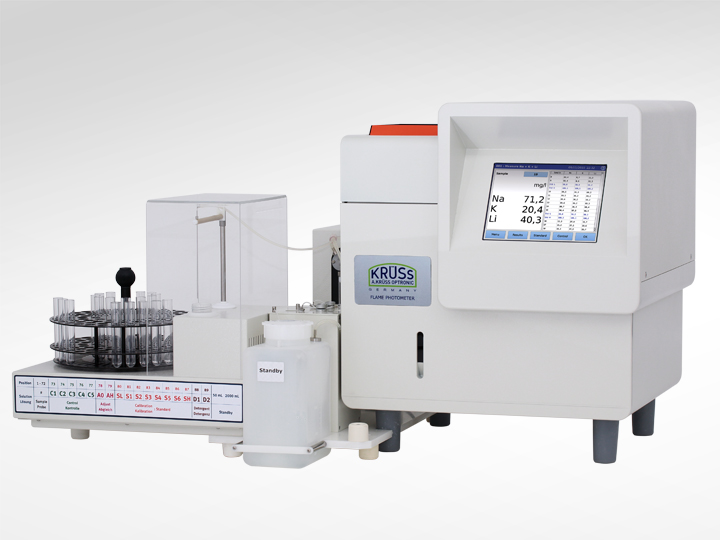
Flame Photometer FP8000 S ...
Flame Photometer FP8000 Series
| Loại sản phẩm: | Gas |
| Mã sản phẩm: | Flame Photometer FP8000 Series |
| Nhà cung cấp: | ANS Vietnam |
| Xuất xứ: | Chính hãng |
| Hãng sản xuất: | Kruess |
| Giá: | Vui lòng liên hệ |
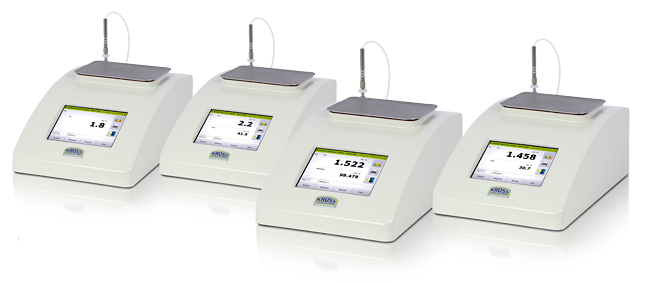
Gas analysers of the MAT1 ...
Gas analysers of the MAT1000 series
| Loại sản phẩm: | Gas |
| Mã sản phẩm: | Gas analysers of the MAT1000 series |
| Nhà cung cấp: | ANS Vietnam |
| Xuất xứ: | Chính hãng |
| Hãng sản xuất: | Kruess |
| Giá: | Vui lòng liên hệ |
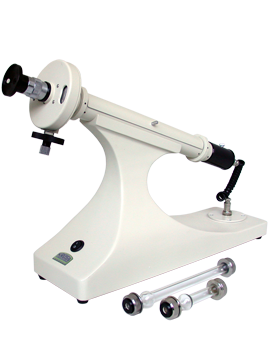
Manual Polarimeter
Manual Polarimeter
| Loại sản phẩm: | Gas |
| Mã sản phẩm: | Manual Polarimeter |
| Nhà cung cấp: | ANS Vietnam |
| Xuất xứ: | Chính hãng |
| Hãng sản xuất: | Kruess |
| Giá: | Vui lòng liên hệ |
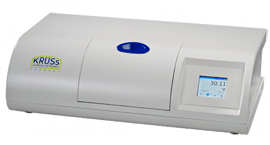
Automatic Polarimeter
Automatic Polarimeter
| Loại sản phẩm: | Gas |
| Mã sản phẩm: | Automatic Polarimeter |
| Nhà cung cấp: | ANS Vietnam |
| Xuất xứ: | Chính hãng |
| Hãng sản xuất: | Kruess |
| Giá: | Vui lòng liên hệ |
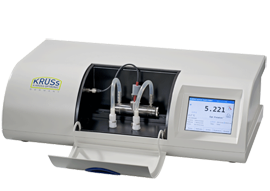
Automatic high-performanc ...
Automatic high-performance Polarimeter
| Loại sản phẩm: | Gas |
| Mã sản phẩm: | Automatic high-performance Polarimeter |
| Nhà cung cấp: | ANS Vietnam |
| Xuất xứ: | Chính hãng |
| Hãng sản xuất: | Kruess |
| Giá: | Vui lòng liên hệ |
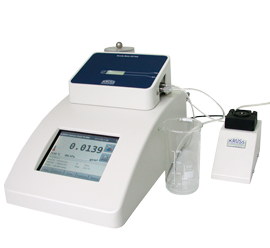
Density Meters
Density Meters
| Loại sản phẩm: | Gas |
| Mã sản phẩm: | Density Meters |
| Nhà cung cấp: | ANS Vietnam |
| Xuất xứ: | Chính hãng |
| Hãng sản xuất: | Kruess |
| Giá: | Vui lòng liên hệ |
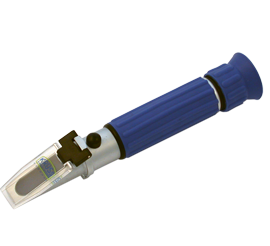
Manual Handheld Refractom ...
Manual Handheld Refractometers
| Loại sản phẩm: | Gas |
| Mã sản phẩm: | Manual Handheld Refractometers |
| Nhà cung cấp: | ANS Vietnam |
| Xuất xứ: | Chính hãng |
| Hãng sản xuất: | Kruess |
| Giá: | Vui lòng liên hệ |
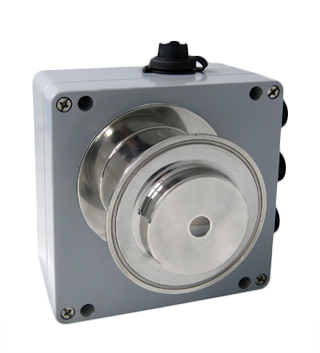
Process Refractometers
Process Refractometers
| Loại sản phẩm: | Gas |
| Mã sản phẩm: | Process Refractometers |
| Nhà cung cấp: | ANS Vietnam |
| Xuất xứ: | Chính hãng |
| Hãng sản xuất: | Kruess |
| Giá: | Vui lòng liên hệ |
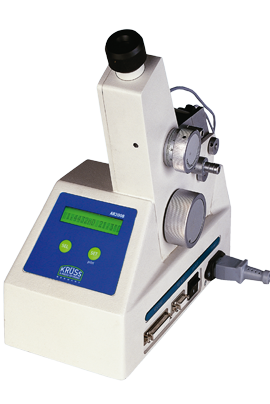
Abbe Refractometers
Abbe Refractometers
| Loại sản phẩm: | Gas |
| Mã sản phẩm: | Abbe Refractometers |
| Nhà cung cấp: | ANS Vietnam |
| Xuất xứ: | Chính hãng |
| Hãng sản xuất: | Kruess |
| Giá: | Vui lòng liên hệ |
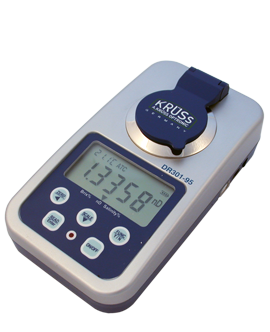
Digital Handheld Refracto ...
Digital Handheld Refractometers
| Loại sản phẩm: | Gas |
| Mã sản phẩm: | Digital Handheld Refractometers |
| Nhà cung cấp: | ANS Vietnam |
| Xuất xứ: | Chính hãng |
| Hãng sản xuất: | Kruess |
| Giá: | Vui lòng liên hệ |
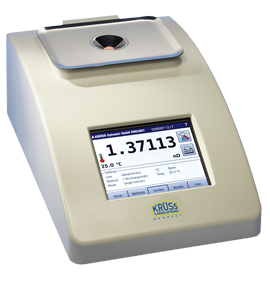
Digital Lab Refractometer ...
Digital Lab Refractometers
| Loại sản phẩm: | Gas |
| Mã sản phẩm: | Digital Lab Refractometers |
| Nhà cung cấp: | ANS Vietnam |
| Xuất xứ: | Chính hãng |
| Hãng sản xuất: | Kruess |
| Giá: | Vui lòng liên hệ |
